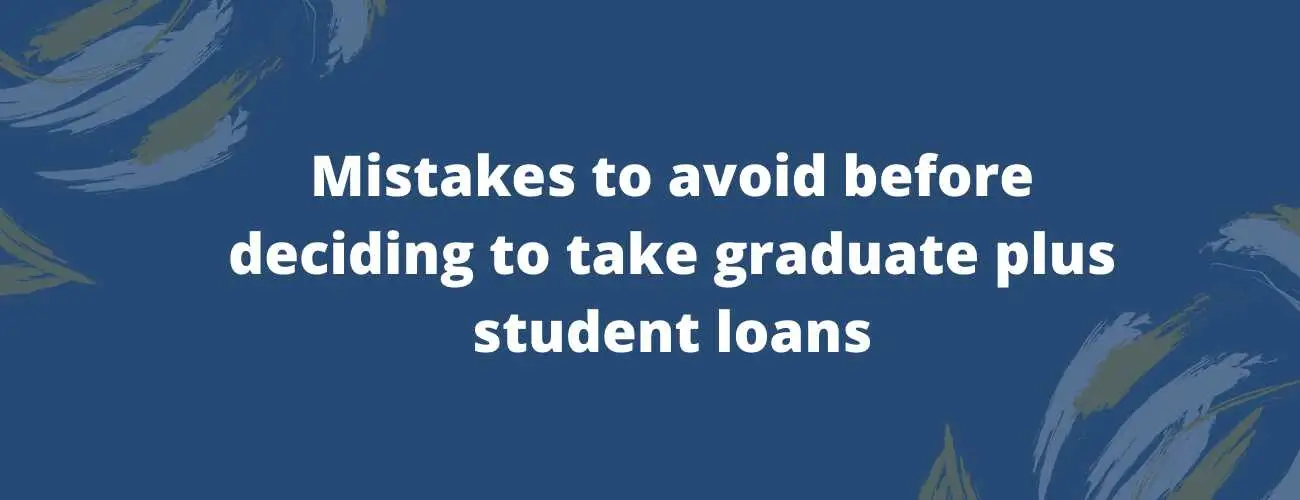Everything You Need to Know About Student Loan Bankruptcy 2021-2022
Is student loan bankruptcy a valid way to achieve discharge from your loan? Read on to learn everything you need to know about student loan bankruptcy.
Updated by Heibha Passah on 2nd December 2021
Student loan debt continues to grow in every state, with borrowers owing a total of $1.5 trillion in student debt in the US. While thousands of graduates pay their debt slowly with various repayment plans and even loan forgiveness, some students struggle to pay back the debt.
Some may consider filing bankruptcy to achieve relief of student loan debt — but can student loans be discharged in bankruptcy? According to many experts, student loan bankruptcy is a myth and not a valid way to be discharged from debt. But some legal experts have recently come out to confirm that you can indeed achieve a student loan bankruptcy discharge.
We’ll cover everything you need to know about filing bankruptcy on student loans and all the options available to you.
Table of Contents
- What is Student Loan Bankruptcy?
- Can Student Loans Be Included in Bankruptcy?
- How is Undue Hardship Measured for Student Loan Bankruptcy?
- How to File for Student Loan Bankruptcy
- Drawbacks of Student Loan Bankruptcy
- Options to Consider Before Student Loan Bankruptcy
- Conclusion
What is Student Loan Bankruptcy?
Bankruptcy student loans have long been assumed impossible by many students and legal professionals in the past few decades.
In a student loan bankruptcy scenario, a student could be discharged from their student loan if they declare bankruptcy.
But can student loans be discharged in bankruptcy? We’ll get to that next.
Can Student Loans Be Included in Bankruptcy?
The short answer? Yes, you can obtain a student loan bankruptcy discharge. The long answer is riddled with paperwork, legal challenges, administrative and legal fees, and overall immense difficulty.
Many people believe that student loans are exempt from discharge in bankruptcy, but the courts are slowly contradicting that claim. For example, one New York appeals court ruled in July 2021 that a loan from Navient was not immune from discharge in a student’s bankruptcy filing.
Additionally, the Fresh Start Through Bankruptcy Act of 2021 in the US made it legal for students to seek discharge through bankruptcy 10 years after their first loan payment date.
You won’t be able to get a student loans bankruptcy discharge through just any bankruptcy circumstance. You must prove that repaying your student loan would result in undue hardship on yourself or your dependents to succeed.
How is Undue Hardship Measured for Student Loan Bankruptcy?
There isn’t a one-size-fits-all scenario for undue hardship, so the courts will consider cases individually. However, courts employ the Brunner test to assess whether or not repayment results in undue hardship. Under the Brunner test, undue hardship means that:
- You can’t maintain a minimal standard of living for you and/or your dependents if you repay your student loans.
- Your financial situation will, most likely, continue for most of the student loan repayment period.
- Before filing for bankruptcy, you’ve made a good faith effort to repay your loans.
The third condition ensures that a student doesn’t simply declare bankruptcy strategically after showing no intent to ever repay their loan. Examples of good faith efforts of repayment include:
- History of deferment and forbearance applications
- Enrollment in income-driven repayment plans
- Demonstration of work through one or more jobs and attempts to apply for higher-paying jobs
- Consistent payments made on the loan already
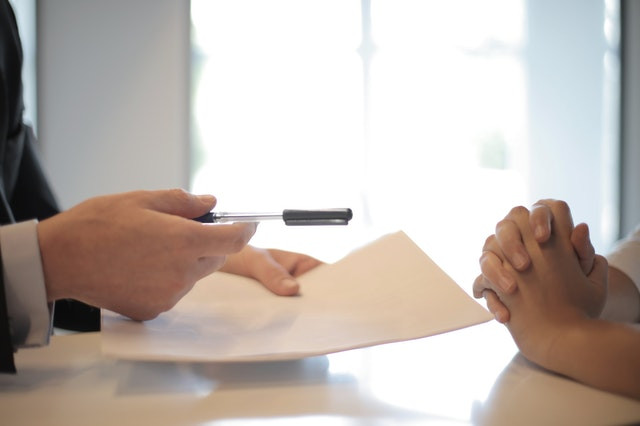
How to File for Student Loan Bankruptcy
If you’ve exhausted all your other options and would like to file for student loan bankruptcy, here are the steps you need to take.
1. Pick Your Bankruptcy Filing
You can either file with a Chapter 7 or Chapter 13 bankruptcy filing.
A Chapter 7 filing entails selling all of your non-exempt assets, including your primary home, vehicle, and personal possessions. The proceeds go towards your student lender. To go this route, you must meet monthly income requirements and pass a means test.
After your bankruptcy is filed, you can then apply for a student loan bankruptcy discharge.
A Chapter 13 filing entails a repayment plan dedicating all of your disposable income to your creditor, with regular monthly payments for three to five years. With this filing, you don’t have to give up your home.
2. Consider Undue Hardship
Take notes and frame your arguments for undue hardship if you were to repay the loan. This will be necessary for the next step. Write down what you would lose, how your living situation would change, and how your dependents would be affected if you’re forced to pay your loan debt.
3. File for an Adversary Proceeding
This extra step is necessary to achieve a student loan bankruptcy discharge. An adversary proceeding determines whether or not your student loan discharge is valid. Here you file paperwork that includes your complaint, which explains the reason behind your sought-after discharge. This is where you go into detail about your undue hardship.
Your filing should have all paperwork that speaks to your undue hardship case, including:
- Tax returns
- W2 forms
- Employment information
- Bank statements
- Documented proof that you’ve made efforts to repay your student loan debt
- Documented proof of all your expenses, including mortgage, rent, utilities, groceries
- Documented proof of medical expenses if you live with a disability or injury
4. Wait For the Ruling
After you file your adversary proceeding, you’ll hear one of three possible results with regard to your student loan bankruptcy discharge.
Full discharge: You’ll be relieved of all your student loan obligations
Partial discharge: You’ll be relieved of some of your student loan obligations
No discharge: You won’t be relieved of any of your student loan obligations
Drawbacks of Student Loan Bankruptcy
What is the likely impact of filing bankruptcy on a student loan? You’ll feel the impact on your credit and overall financial health.
It’s important that you understand the ramifications of declaring bankruptcy. While you might experience big debt relief, you’ll certainly face other financial challenges down the line, including:
- Bankruptcy record on your credit file for 10 years
- Poor credit
- Difficulty to obtain loans, especially a mortgage
- Difficulty obtaining favorable interest rates for any loan
Additionally, the student loan bankruptcy process requires a lot of time, energy, and money to pay for the administrative and legal costs.
In some scenarios, the debt relief is worth the above drawbacks. Think carefully before you decide and consult with a legal professional.
Options to Consider Before Student Loan Bankruptcy
If you’re considering student loan bankruptcy, it’s likely you’ve exhausted all your other options. However, we’ll present a few alternatives to you just in case:
- Student Loan Forgiveness
- Income-Driven Repayment Plan
- Deferment or Forbearance
- Financial planning and advice
- Disability Loan Discharge
Conclusion
Student loan bankruptcy might bring you necessary relief of your student loans. However, it’s important to make student loan bankruptcy discharge a last resort. Consider income-driven repayment plans, financial planning, student loan forgiveness, and forbearance before filing bankruptcy on student loans.
Interested in learning more about ways to pay off your student loans? Check out the articles below.
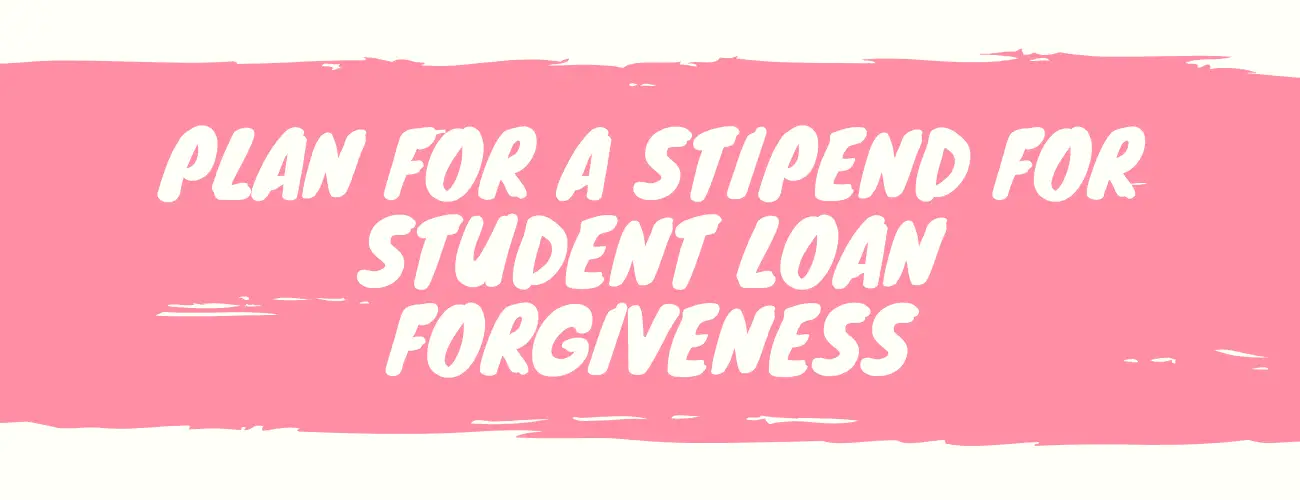
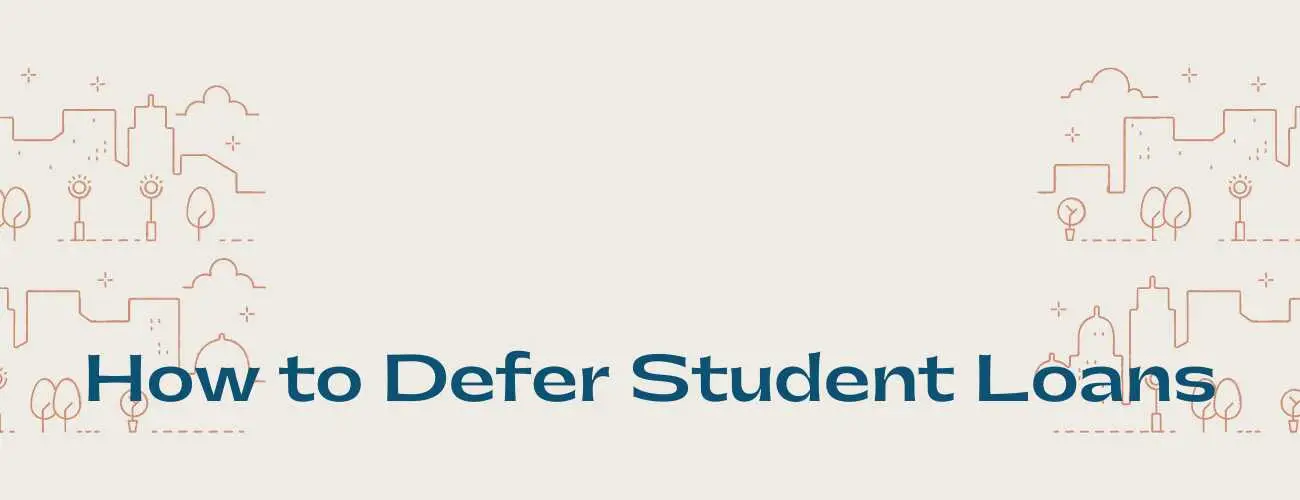
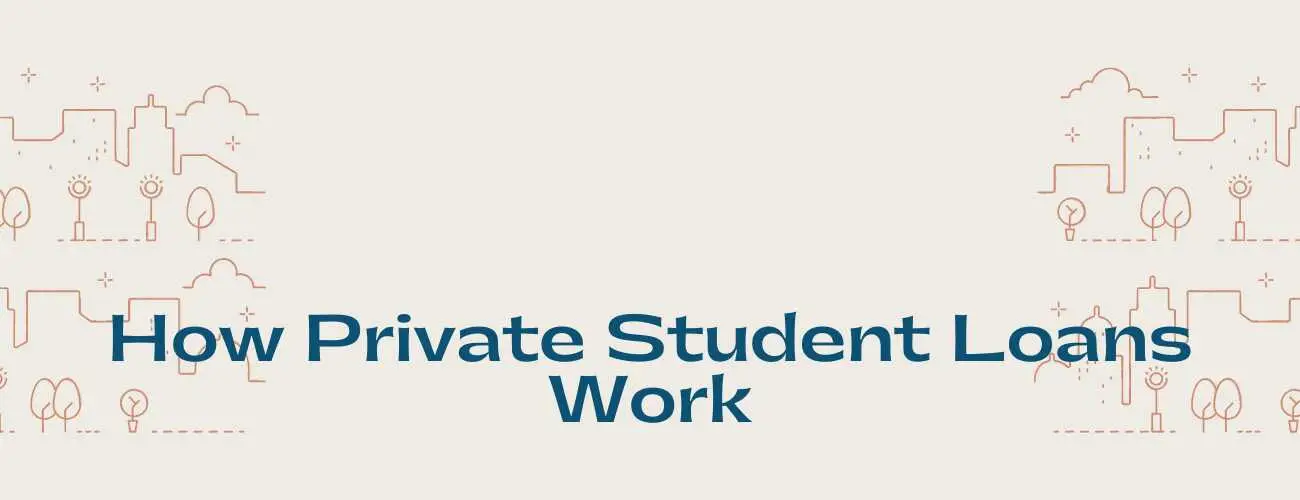
93.jpg)
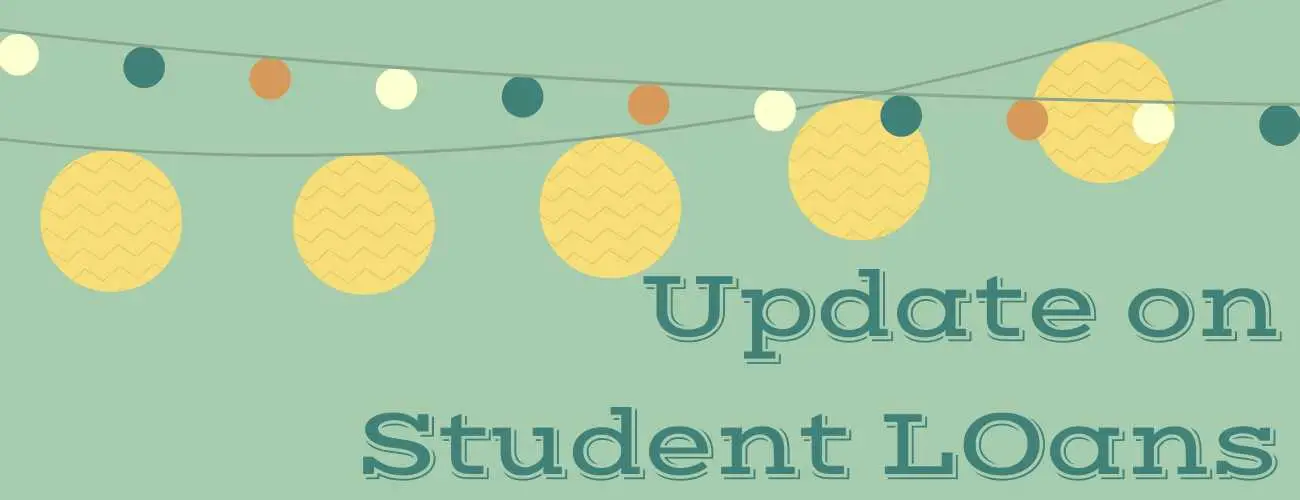

28.jpg)
